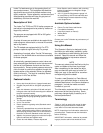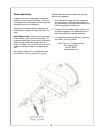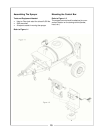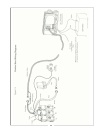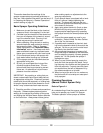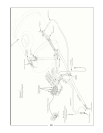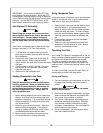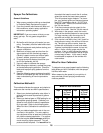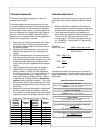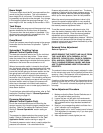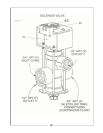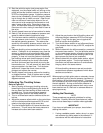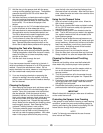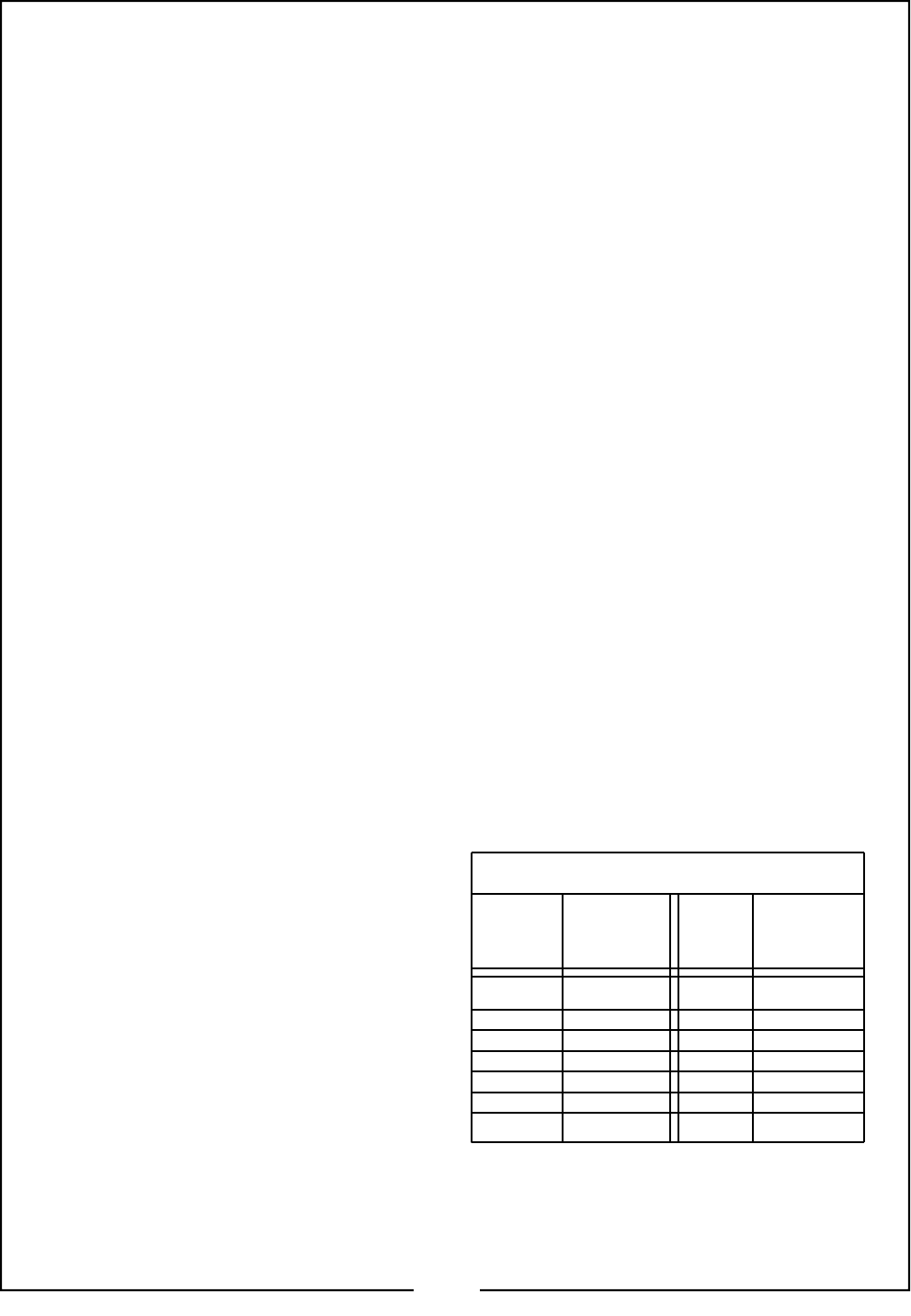
Sprayer Pre-Calibrations
General Guidelines
1. Wear proper protective clothing as described
in Personal Safety Equipment on page 6.
2. From the chemical manufacturer’s label and
field conditions, select a spray application
rate and an operating speed.
IMPORTANT: If you are unsure of what you are
doing, get help. Do not guess at application
rates.
3. Be familiar with the type of chemical you are
using. Completely read the label before start-
ing.
4. Have all equipment ready before starting your
sprayer calibrations.
5. Make sure all spray parts are free from for-
eign material and are functioning properly.
Carefully inspect nozzles and internal parts
for wear, defects, proper size and type.
6. Fill spray tanks with water at least one quar-
ter full and preferably half full.
7. Use only water to calibrate the sprayer.
8. With the sprayer stationary, operate the pump
at the desired spraying pressure. Check for
leaks and improper spray patterns form the
nozzles.
9. Read the following pages to determine which
method of calibration you will use and have a
clear understanding of how the procedure
works.
Calibration Method #1
This method calibrates the sprayer and checks to
make sure the nozzles are within specifications.
1. Select your desired application rate, either in
gallons per thousand square feet of gallons
per acre.
2. Select you desired gear or RPM setting for an
appropriate spraying speed. Calibrate your
speed to verify that the vehicle’s speedome-
ter is accurate. Refer to the following table
Miles Per Hour Calibration for calibration val-
ues.
3. Find your desired application rate in the noz-
zle chars in this section. For every applica-
tion rate there will be at least two nozzles that
will yield the desired application. For applica-
tions that require foliar coverage, select the
nozzle requiring higher pressure. This will
produce smaller droplets. For less drift of for
chemicals that need to reach the oil surface,
select the nozzle that uses lower pressure.
This will produce larger droplets. For exam-
ple, your desired gallon per thousand square
feet (GPT) application rate is 1.01 GPT at 4
miles per hour. Refer to the nozzle charts in
the Tee Jet manual.
4. Find the ounces per minute output for the
nozzles to be used. See the Tee Jet manual.
5. With water in the sprayer, catch the nozzle
output at the desired pressure for one minute.
For large nozzles, catch the output for 30
seconds and multiply the amount by two.
6. If the nozzle is not within the ± limit, check for
obstructions or wear in the orifices of the noz-
zle. Take the cap off the nozzle, clean the
orifices with a toothpick or brush and retest.
If several nozzles test the same, but are not
within ± limits, a faulty gauge may be the
problem. If two or more nozzles are outside
the limit, it is a good indication that all of your
nozzles may be warn. In this case, it would
be advisable to replace all the nozzles with
new nozzles.
Miles Per Hour Calibration
To determine true ground speed use the following
table Miles per Hour Calibration, with the sprayer
half-filled with water.
When measuring the speed of your vehicle, al-
ways simulate current spraying conditions as
close as possible.
Miles Per Hour Calibration
mph Seconds mph Seconds
to Travel to Travel
200 feet 200 feet
2.5 55 7.0 19
3.0 45 8.0 17
3.5 39 9.0 15
4.0 34 10.0 14
4.5 30 11.0 12.5
5.0 27 12.0 11.5
6.0 23
16



